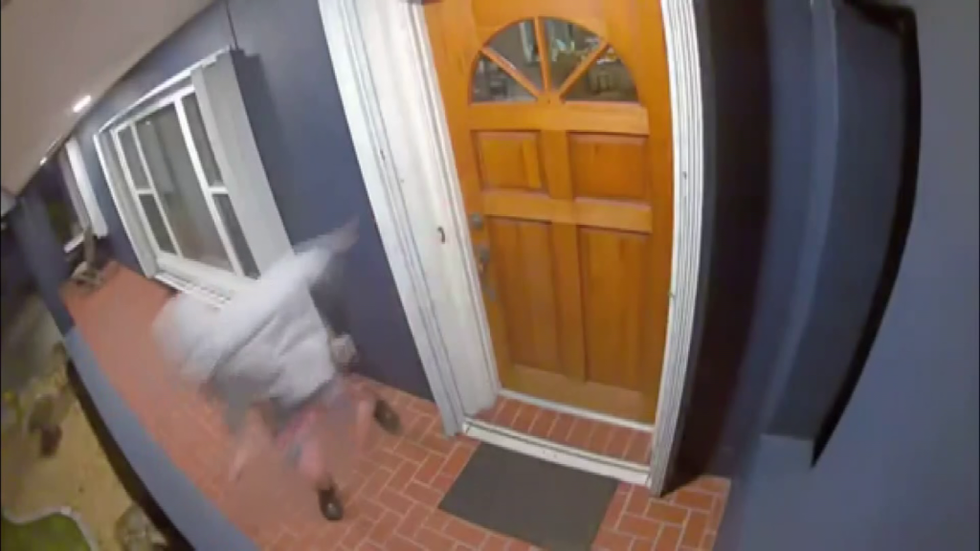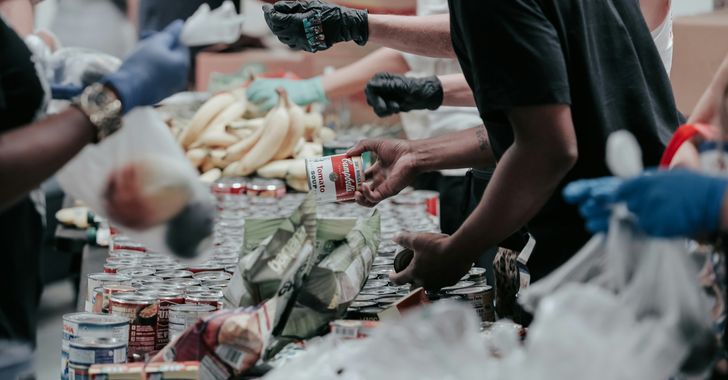Seedlings are young plants that have recently germinated from a seed. They usually consist of two or three true leaves and, depending on the species, may also have small root structures. Seedlings require special care to ensure they develop into healthy mature plants. This includes providing adequate light, water and nutrients while protecting them from pests and diseases.
Seedlings are very delicate and must be handled with care. Seedlings should not be exposed to direct sunlight, as this can cause them to become scorched or dried out, which will significantly reduce their chances of survival. They also need adequate water, but should not be overwatered, as this can lead to root rot. Fertilizer may help promote healthy growth in seedlings, however it is important to follow the instructions on the packaging carefully so that you do not over-fertilize your plants. Finally, seedlings require protection from pests and disease by using appropriate pest control measures such as spraying for insect infestations or removing diseased plants from the growing area.
Proper Light
Seedlings need bright, indirect light. A south-facing window is ideal for providing enough light to sustain healthy seedling growth. If you don't have access to a lot of natural light, consider investing in grow lights. Fluorescent bulbs are often used since they provide a balance of blue and red spectrum lighting that encourages plant growth without the high heat output of HID (high intensity discharge) bulbs.
You also want to make sure that your seedlings are not in direct sunlight as this can be too intense and cause the plants to burn. If you have a south-facing window, consider using a sheer curtain or blinds over it, so the light is diffused and doesn't become too strong. Additionally, if your seedlings start to “reach” for more light by stretching out their stems, move them farther away from the window or add supplemental lighting such as a fluorescent grow bulb.
Seedlings Moist
1. Water the seedlings regularly, making sure to keep the soil moist but not soggy.
2. Place a layer of mulch around your seedlings to help retain moisture in the soil.
3. Use a spray bottle filled with water and mist your seedlings if necessary to ensure they stay hydrated during dry periods or when temperatures are high.
4. Move plants away from direct sunlight or any sources of heat that can dry out their soil too quickly, such as radiators and vents.
5. Set up an irrigation system for larger areas where you have multiple plants; this will help ensure that all of them get enough water without having to manually tend each one individually.
Overall, it is important to keep the seedlings moist in order for them to grow and thrive. This can be done by providing regular watering, using mulch or other materials that help retain moisture in the soil, misting with a spray bottle when necessary, and moving plants away from direct sunlight or sources of heat that might dry out their soil too quickly.
Additionally, setting up an irrigation system for larger areas with multiple plants can help ensure that all of them get enough water without having to manually tend each one individually.
Feed and Fertilize Your Seedlings
Organic compost tea is a liquid fertilizer made from naturally decomposing materials. It is high in nutrients and beneficial microbes that are essential for plant growth and health. Compost tea can be made by steeping organic composted material such as leaves, grass clippings, manure, or kitchen scraps in water overnight to extract the beneficial components into the resulting liquid solution. This solution may then be used to nutrient-boost seedlings in place of or in addition to typical synthetic fertilizers and is beneficial for seedling care. Organic compost teas provide both macro-nutrients like nitrogen and phosphorus as well as beneficial microorganisms that help promote healthy root systems and protect the plants from disease-causing organisms.
Transition Seedlings When They Mature
Once seedlings have matured, they should be moved to a larger pot or directly into the garden. When transplanting, it is important to dig a hole that is twice as wide and just slightly deeper than the root ball of the plant. Gently remove the plant from its container and place it in the prepared hole with plenty of room around its roots. Make sure to fill in all air pockets around the roots by packing soil firmly against them before watering thoroughly.
Fertilize the seedlings once they have been transplanted. This can be done with a slow-release fertilizer or by using liquid fertilizers every couple of weeks. Also, make sure to water regularly and provide adequate sunlight for optimum growth.
Avoid Leggy Seedlings
The best way to avoid leggy seedlings is to provide adequate light and consistent temperatures for your plants. Make sure you use a grow light if the natural sunlight coming into your home is insufficient, as this will ensure that all of your seedlings are getting enough direct sunlight. Additionally, be sure to water and fertilize your plants regularly and keep an eye out for signs of over-watering or under-watering. Finally, it’s important to give your seedlings enough space; overcrowded conditions can lead to weak stems and leggy growth.
Finally, it is important to thin out seedlings when they have multiple stems growing from the same spot. This will allow each individual stem more room and resources to grow strong and healthy.
Take Precaution Against Damping Off Disease
Damping off disease is caused by fungal pathogens such as Pythium, Rhizoctonia, and Fusarium. These fungi can cause seedlings to become weakened or die before they even emerge from the soil. Taking precautionary measures against damping off disease is essential for successful gardening. The best way to prevent this type of fungus from taking hold in your garden is to start with clean, sterile growing medium and containers; sanitize any tools you use; avoid over-watering; water at the base of plants rather than overhead; plant disease-resistant varieties whenever possible; inspect seedlings regularly for signs of infection; and remove infected seedlings immediately. Additionally, fungicides may be used as a preventative measure during high risk periods but should only be applied after carefully considering their potential impact on beneficial organisms such as bees. By following these simple steps, you can help ensure that your garden stays healthy and free from damping off diseases!
Thinning Seedlings
Thinning seedlings is the process of removing excess, overcrowded, or unhealthy plants from a bed or other growing area. This should be done when the seedlings are small and can easily be pulled out by hand. Thinning allows for more air circulation around the remaining plants and prevents overcrowding, which can lead to diseases, pests, and poor harvests. It also creates space for larger varieties as they mature.
Seedlings Stages
1. Germination: The process of a seed becoming a living plant begins with germination. During this stage, the seed absorbs water and swells up, causing the protective outer coating to crack open.
2. Emergence: After enough water is absorbed and pressure builds inside the seed, it finally breaks open, allowing the embryonic root (radicle) and shoot (plumule) to emerge from within the seed coat.
3. Seedling Development: Once out in the open air and exposed to light, photosynthesis can begin as soon as chlorophyll in leaves develops; At this point, energy is made available for further growth of other parts such as roots or stems and leaves or flowers depending on the type of plant species being grown.
4. True Leaves: As new cells develop they push aside cotyledon tissue which eventually fall off as true leaves start growing at nodes along stem of young sprout; These will contain all necessary structures needed for completing life cycle like reproductive organs
5. Maturity : As growth continues maturity sets in when flower buds appear either before or after leafing has taken place depending on species then further development until full size adult form is attained.
6. Vegetative stage: of a seedling is when the plant begins to grow stems, leaves and roots. During this stage, the plant will focus its energy on growth rather than flowering or producing fruit. This period can last anywhere from a few weeks to several months depending on the species of plant.





 Going to the cinema alone is good for your mental health, says science
Going to the cinema alone is good for your mental health, says science












 women in street dancing
Photo by
women in street dancing
Photo by  man and woman standing in front of louver door
Photo by
man and woman standing in front of louver door
Photo by  man in black t-shirt holding coca cola bottle
Photo by
man in black t-shirt holding coca cola bottle
Photo by  red and white coca cola signage
Photo by
red and white coca cola signage
Photo by  man holding luggage photo
Photo by
man holding luggage photo
Photo by  topless boy in blue denim jeans riding red bicycle during daytime
Photo by
topless boy in blue denim jeans riding red bicycle during daytime
Photo by  trust spelled with wooden letter blocks on a table
Photo by
trust spelled with wooden letter blocks on a table
Photo by  Everyone is Welcome signage
Photo by
Everyone is Welcome signage
Photo by  man with cap and background with red and pink wall l
Photo by
man with cap and background with red and pink wall l
Photo by  difficult roads lead to beautiful destinations desk decor
Photo by
difficult roads lead to beautiful destinations desk decor
Photo by  photography of woman pointing her finger near an man
Photo by
photography of woman pointing her finger near an man
Photo by  closeup photography of woman smiling
Photo by
closeup photography of woman smiling
Photo by  a man doing a trick on a skateboard
Photo by
a man doing a trick on a skateboard
Photo by  two men
two men  running man on bridge
Photo by
running man on bridge
Photo by  orange white and black bag
Photo by
orange white and black bag
Photo by  girl sitting on gray rocks
Photo by
girl sitting on gray rocks
Photo by  assorted-color painted wall with painting materials
Photo by
assorted-color painted wall with painting materials
Photo by  three women sitting on brown wooden bench
Photo by
three women sitting on brown wooden bench
Photo by 
 Photo by
Photo by  Photo by
Photo by  Photo by
Photo by  Photo by
Photo by 


 people sitting on chair in front of computer
people sitting on chair in front of computer











